Window types and features: Choose the right style for your home
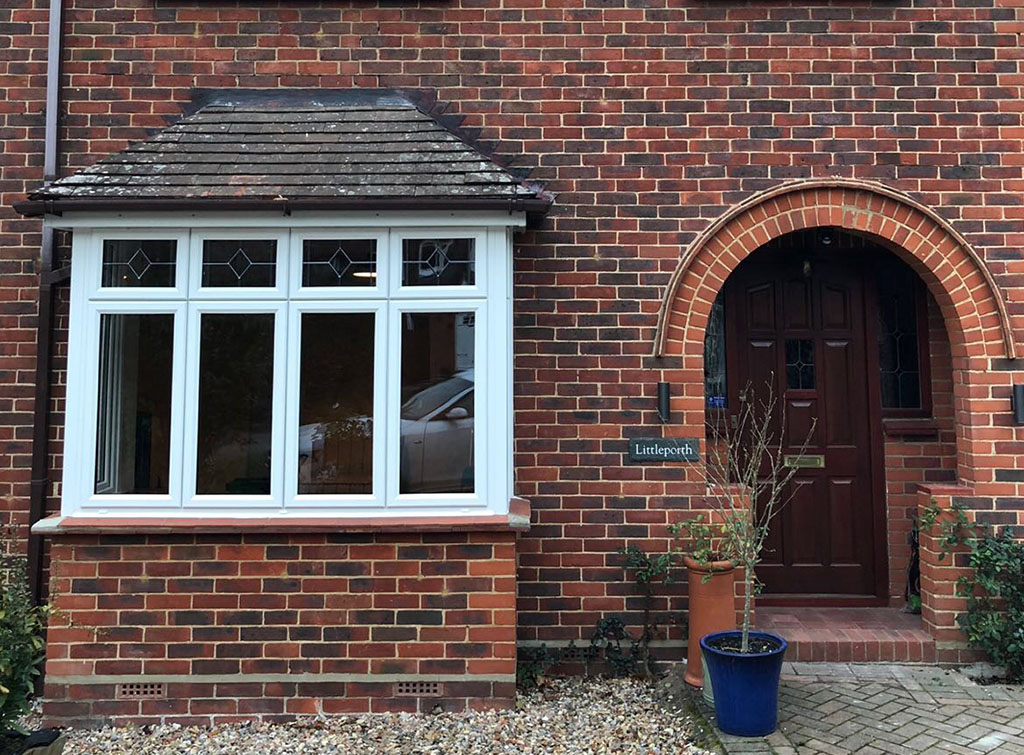
There are several types of windows available in the UK, each with their own efficiency ratings, design options, and price tags.
So, how do you choose what type of window is right for you?
First, you need to decide on the style of window you like and how practical it is for your home. Then you need to work out the best material to use to make it happen. You’ll want to check whether your decisions will save you money (either upfront or on your energy bills in the long run).
These days, sustainability and efficiency are all about the future-proofing benefits!
So, without further ado, let’s go window shopping and dive into the details. Featuring some great windows from our members, Sheerwater Glass.
What types of windows are there in the UK?
The most common types of windows homeowners choose from are:
- Tilt and turn
- Casement
- Bay or bow
- Picture
- Single-hung
- Double-hung
- Awning
- Horizontal Sliding
Different window types and their features
Let’s take a look at some of the most common window styles and whether they’re right for your home.
Related content: Should you repair or replace windows?
Casement window types and features
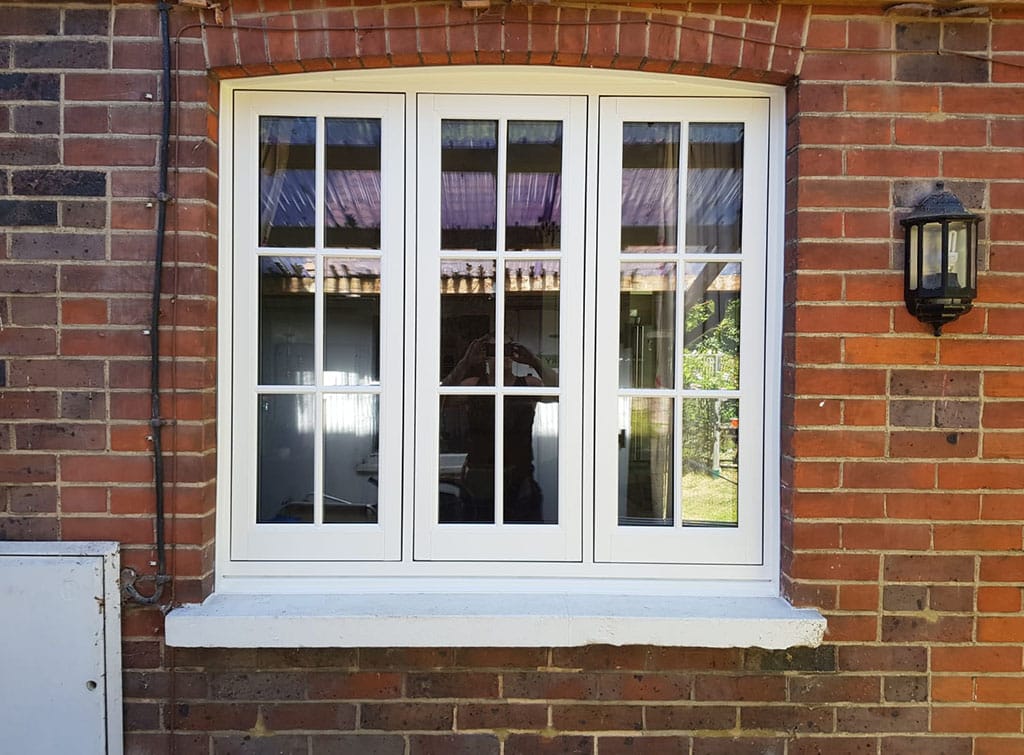
Casement windows are one of the most popular types of windows in the UK. They’re hinged on one side and swing outward like a door when you open them. They’re versatile, easy to use, and come in a wide range of sizes and styles.
Pros: Casement windows offer great ventilation benefits, are easy to clean and maintain, and provide excellent security when properly locked. They’re also energy-efficient and can help lower your energy bills.
Cons: Casement windows are challenging to open and close for those with limited mobility. They’re also susceptible to wind damage if they’re not properly installed.
Efficiency rating: Most casement windows have an A+ energy rating, making them one of the most energy-efficient types of windows available on the market.
Design options: Casement windows come in a range of materials, including uPVC, timber, and aluminium. They’re also available in a variety of colours, finishes, and glass options, including double and triple glazing.
Cost: For a medium uPVC flush casement window, you’re looking at around £500 each.
Read our guide on uPVC flush casement windows prices for more information.
Sash windows types and features
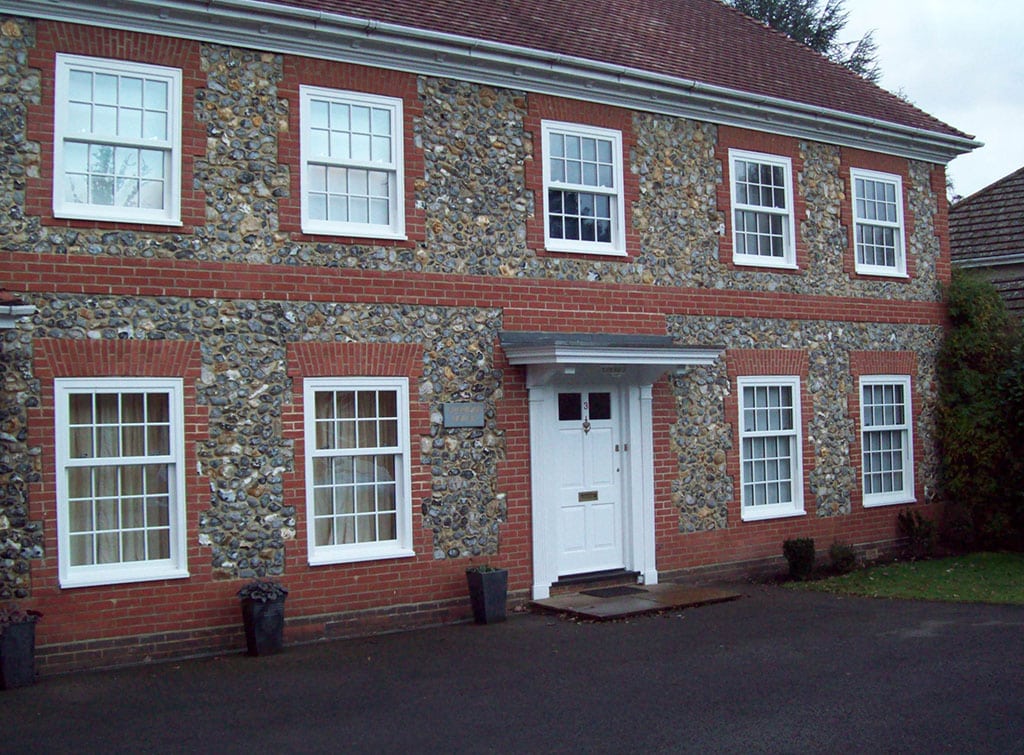
Sash windows are a classic design, having been found in period dramas and park vistas for centuries. They consist of two moveable panels or ‘sashes’ that slide up and down on tracks.
As they’re often found in older, historical homes, they add a touch of elegance to any property (and naturally elevate your social status – high tea anyone?)
Pros: Stylish and suave, sash windows enhance the aesthetics of any home. They also provide excellent ventilation options and are easier to operate than casement windows, meaning they’re great for people with mobility issues.
Furthermore, having your sash windows double-glazed will help reduce noise levels while you read Pride and Prejudice for the hundredth time.
Cons: Sash windows are more difficult to clean, maintain, and repair than casement windows. Furthermore, they’re often less energy-efficient than other types of windows, particularly if they’re single-glazed.
Efficiency rating: The energy efficiency of sash windows varies depending on their age, type, and location. However, double-glazed sash windows will typically have a rating of C or higher.
Design options: Sash windows come in a range of materials, including uPVC, timber, and aluminium. They also come in a variety of colours, finishes, and glass options, including double and triple glazing.
Cost: To replace a sash window with double glazing, you’re looking at around £1,300 per window. However, to repair or restore one, the costs average £284 per window.
Read our guides: Cost of replacing sash windows and uPVC sash windows cost guide for more information.
Tilt and turn windows and features
Tilt and turn windows are a popular option for modern homes, especially in urban developments with high-rise flats. They’re designed to open in two ways; they can either tilt inwards at the top for ventilation and safety or swing inwards like a door for easy cleaning and maintenance.
Pros: Tilt and turn windows are very easy to clean and maintain. They provide excellent ventilation and can be opened wide for maximum airflow. They’re also very secure when properly locked.
Cons: Tilt and turn windows are often more expensive than other types of windows, particularly if you opt for triple glazing. They can also be more challenging to repair if they’re damaged in any way.
Efficiency rating: Tilt and turn windows typically have an A+ energy rating, making them one of the most energy-efficient types of windows on the market.
Design options: Like most other designs, tilt and turn windows come in a range of materials, including uPVC, timber, and aluminium. You can also choose their colours, finishes, and glass options (e.g., double or triple glazing).
Cost: For a medium tilt and turn window, the cost will average around £505 per window.
Read our guide: Tilt and turn windows price for more information.
Bay window types and features
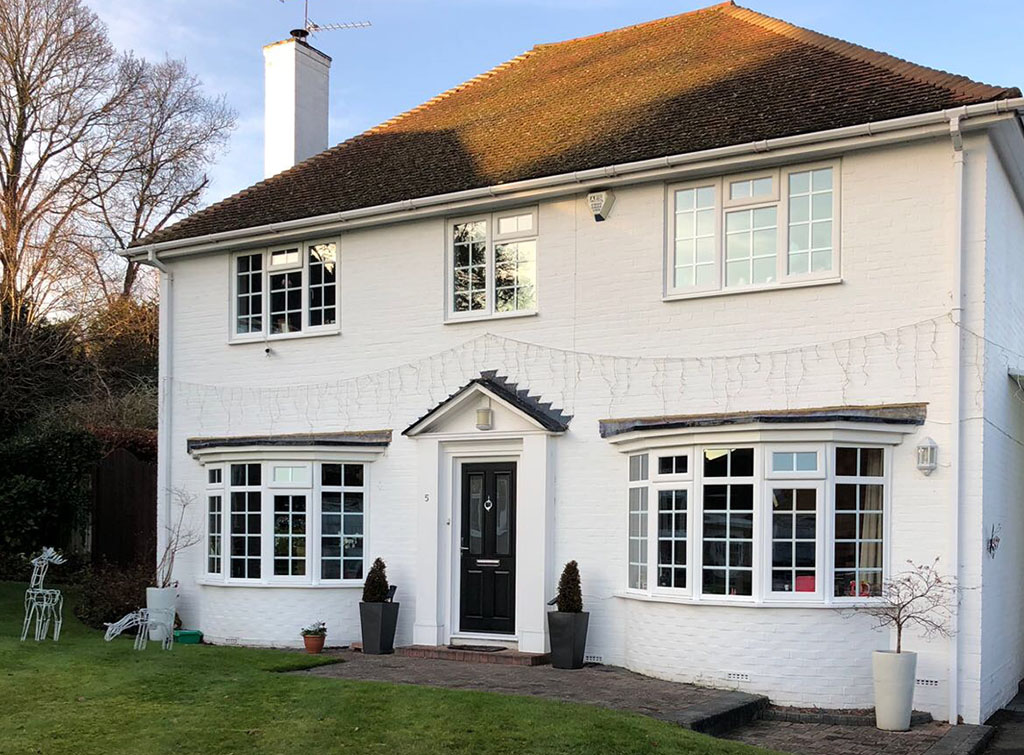
Bay windows are a popular design feature due to their natural whimsy. They typically consist of three or more window sections that project out from the exterior wall to create a bay or alcove inside the adjoining room.
Bay windows are a great way to add character and charm to your property, whilst also providing extra space and light. Furthermore, they’re an excellent reading nook or dramatic outpost if you want to watch rain drizzle down the glass.
Pros: Bay windows enhance the aesthetics of your property, add a unique design element, and increase your home’s curb appeal. They also give you extra space inside your home and welcome more natural light into any room they’re found.
Cons: Bay windows are more expensive to install than other types of windows, particularly if you opt for a bespoke design. They’re also more challenging to clean than traditional windows and need you to pay close attention to their needs. In other words, they’re high maintenance.
Efficiency rating: When it comes to energy efficiency, bay windows vary dramatically. However, most modern designs are made with double or triple glazing to help reduce energy costs and improve your home’s overall insulation.
Design options: Bay windows come in a range of materials, including uPVC, timber, and aluminium. You can also install them in a variety of styles, including angled, curved, or boxed designs. They also have a range of finishes, colours, and glass options sure to match your home’s aesthetic.
Cost: The average cost of a bay window with 3 sections is £1,250.
Read our guide: How much does it cost to install a bay window? for more information.
Roof window types and features
Roof windows (aka, skylights) are installed on the roof of a property and provide natural light and ventilation to otherwise dark and stuffy spaces. They come in a range of styles and sizes and are a great way to add light to loft conversions or other rooms with too many shadows.
Pros: Roof windows are excellent for increasing natural light and ventilation in your home. They add a unique design element to your property, which you can open to let in fresh air.
Cons: Roof windows are often more challenging to install than other types of windows due to their placement. Furthermore, you’ll need to make sure they’re properly sealed to prevent leaks. They can also be more expensive than traditional windows.
Efficiency rating: Roof windows vary in energy efficiency; however, they can be designed to meet high standards. Some roof windows are triple-glazed to provide extra insulation.
Design options: Roof windows come in a range of materials, including uPVC, timber, and aluminium. Popular options are the Velux window types, which fit on pitched and flat roofs and can be motorised, centre-pivoted or top-hung.
You can install roof windows in a variety of styles, including flat, domed, and pyramid-shaped. A range of glazing options, including clear, frosted, and tinted glass is also available.
Cost: Velux windows will set you back around £600 for a small one and £900 for a large one.
Read our guide: Skylight installation cost guide for more information.
uPVC window types and features
uPVC windows are a popular choice for many UK homeowners due to their affordability, low maintenance requirements, and energy efficiency. uPVC is a type of plastic material that is durable and weather-resistant, making it ideal for use in windows.
Pros: uPVC windows are affordable and require little maintenance, making them a cost-effective and hassle-free option for homeowners. They also offer excellent insulation, helping to reduce energy costs and noise pollution.
Cons: uPVC windows can look less traditional than other types of windows, which may not suit all homeowners’ design preferences. They are also less durable than some other materials, such as aluminium, and can be prone to discolouration over time.
Efficiency rating: uPVC windows can be highly energy-efficient, with many modern designs featuring double or triple glazing and excellent insulation properties. They can help to reduce heat loss, lower energy bills, and create a more comfortable indoor environment.
Design options: uPVC windows come in a variety of styles, including casement, sash, tilt-and-turn, and bay windows. They can be customised with a range of finishes, colours, and decorative options, allowing you to create a look that complements your home’s aesthetic.
Cost: The average cost of a uPVC window is £345 for a standard casement design.
Read our guide: Cost of aluminium windows vs uPVC: which is cheaper? or uPVC flush casement windows prices for more information.
What types of window glass should I choose?
The glass you use for your windows is an important consideration. This is because different types of glass can affect your window’s energy efficiency, safety, and security.
Let’s take a look at the most common types below:
- Single pane glass is the most basic type of window glass, but it’s not very energy-efficient and lets heat escape easily
- Double-glazed windows have two panes of glass separated by a small gap that’s filled with an insulating gas (e.g., argon). This type of glass is way more energy-efficient and helps reduce your heating bills
- Triple-glazed windows have three panes of glass and provide even more insulation than their double-glazed cousins
- Safety glass is designed for greater resilience while providing an extra layer of security for your home
- Acoustic glass helps reduce noise pollution
- Self-cleaning glass makes cleaning your windows easier
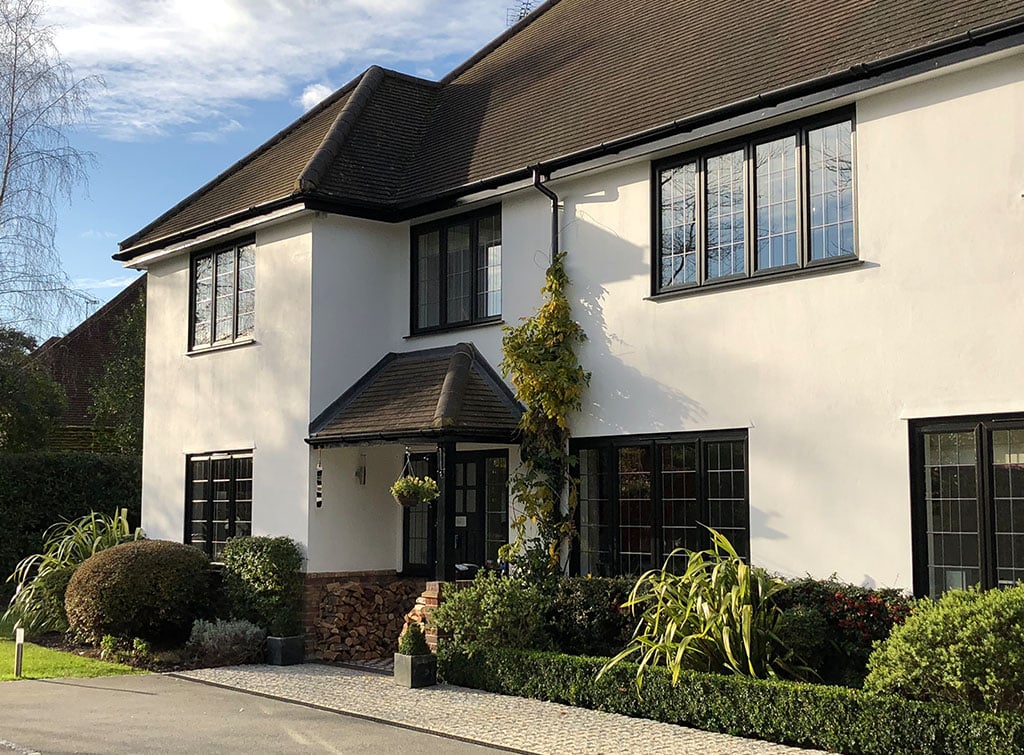
What types of window frames exist?
There are various types of window frames on the market, each with its own set of pros and cons.
Let’s take a look at the most popular options:
- uPVC frames are a popular choice for homeowners due to their low cost, low maintenance needs, and energy efficiency
- Timber frames offer a more traditional look and can be painted or stained to match your home’s aesthetic
- Aluminium frames are highly durable and customisable with a range of colours and finishes
- Composite frames are made from a combination of materials and offer a mix of benefits depending on the materials used
When choosing your window frame material, consider factors such as durability, energy efficiency, maintenance requirements, and your design preferences.
Which window opening types are the best?
Window openings affect the amount of ventilation, natural light, and space in your home.
Some of the most common types of window openings include:
- Casement windows: Hinged at the side, they open outwards and provide excellent ventilation and natural light
- Sash windows: These windows slide vertically or horizontally and are a great option for properties with limited outdoor space
- Tilt-and-turn windows: As the name suggests, they tilt inwards for ventilation or turn outwards for full exposure, providing flexibility and security
- Bay windows: As discussed earlier, bay windows are made up of three or more windows projecting out from the exterior wall, creating a bay or alcove inside the room
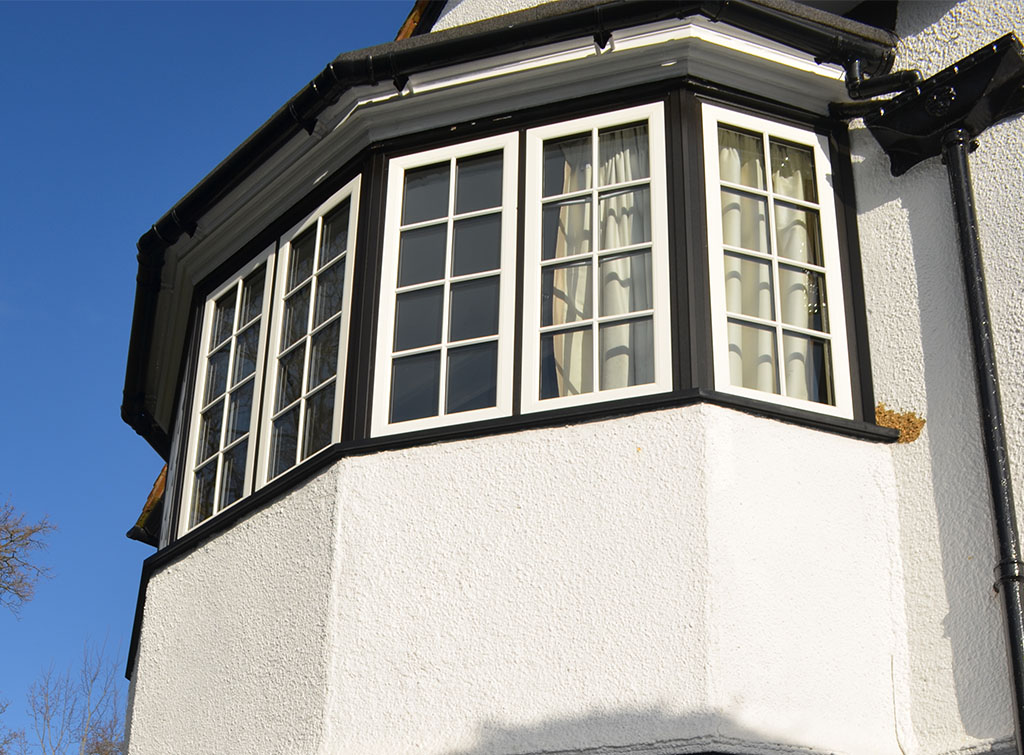
Final thoughts
This list of window types is by no means exhaustive. However, we’ve outlined some of the most common options in the UK to give you a good (and transparent) frame of reference.
When choosing windows for your home, the most important factors to keep in mind are their energy efficiency, safety, security, and design.
A professional window installation expert will guide you through your options and help you find the perfect fit for your home.
Happy window shopping!
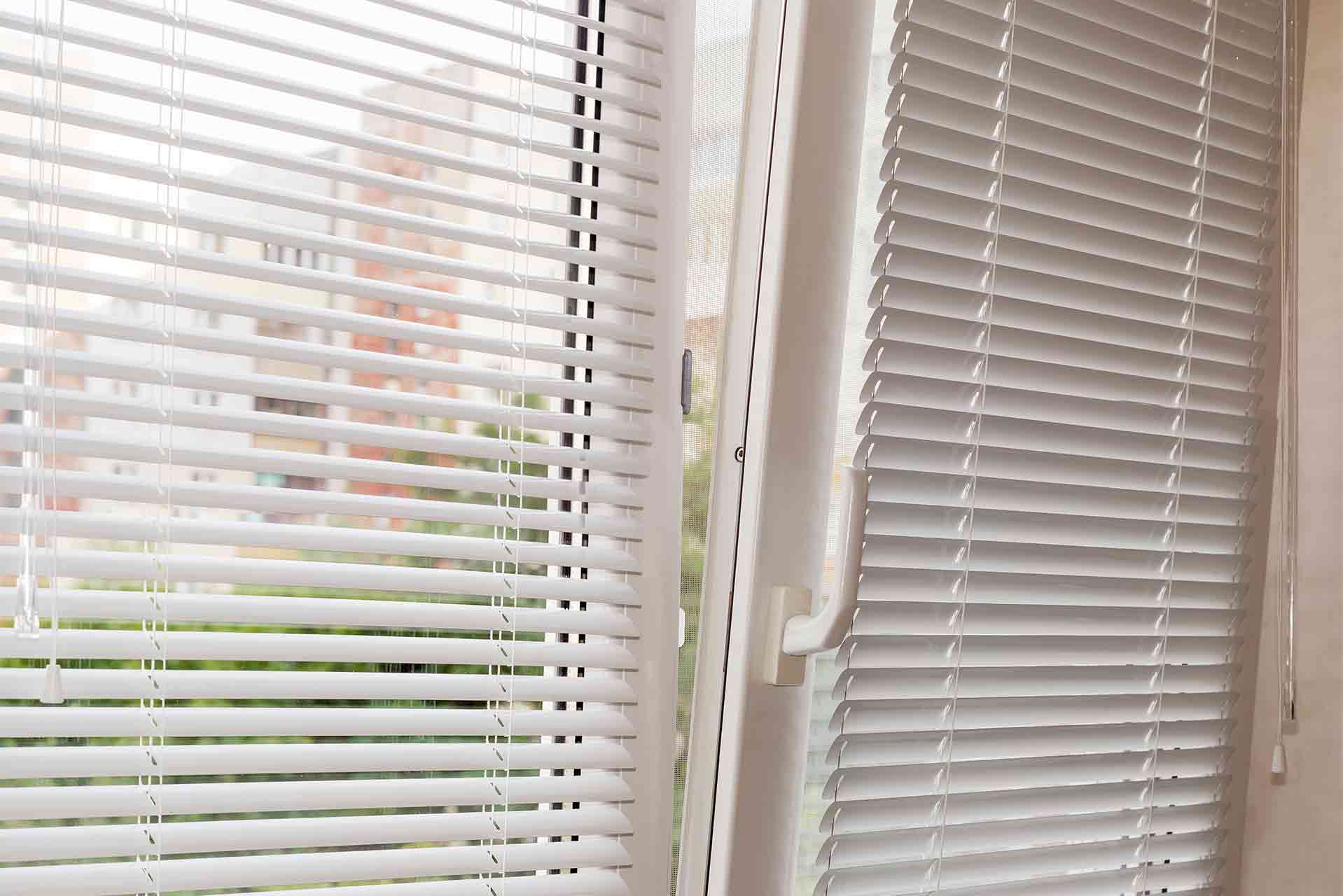
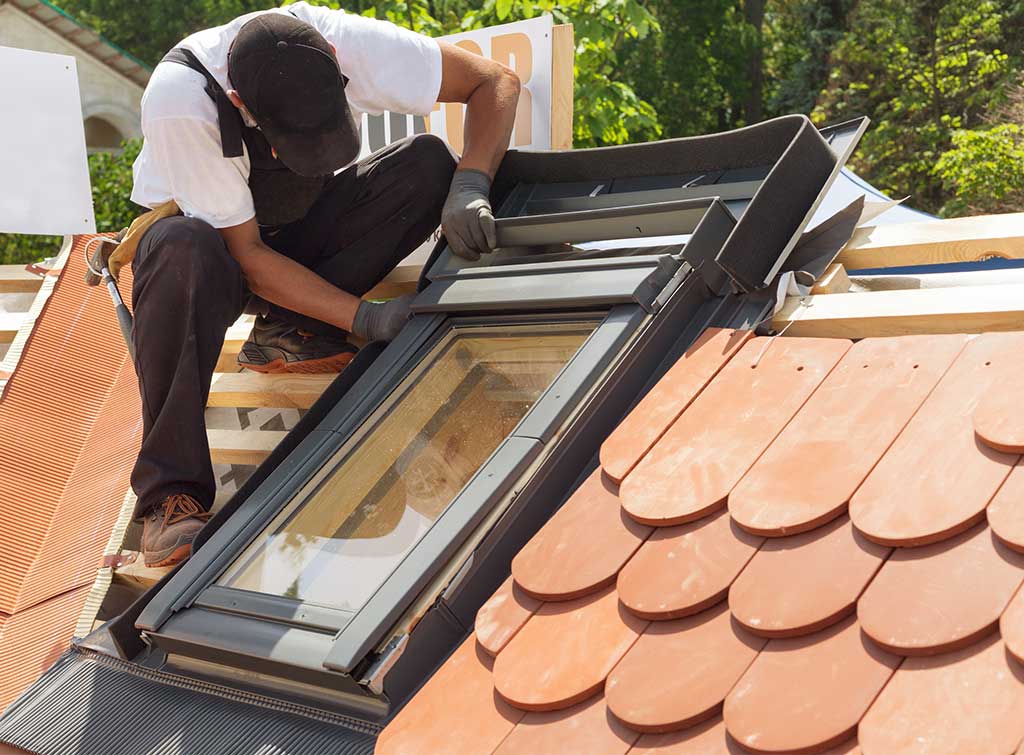
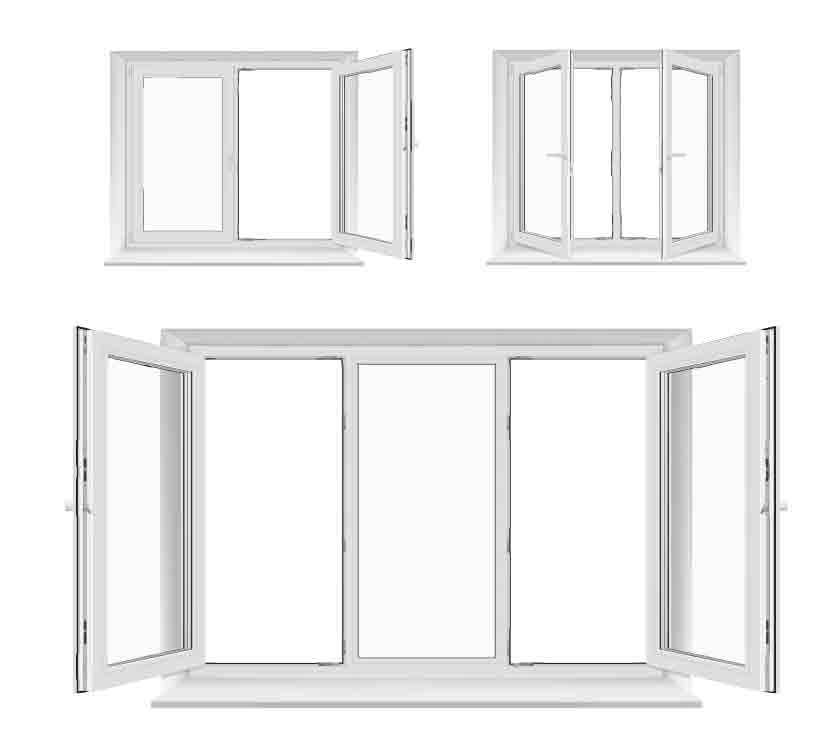
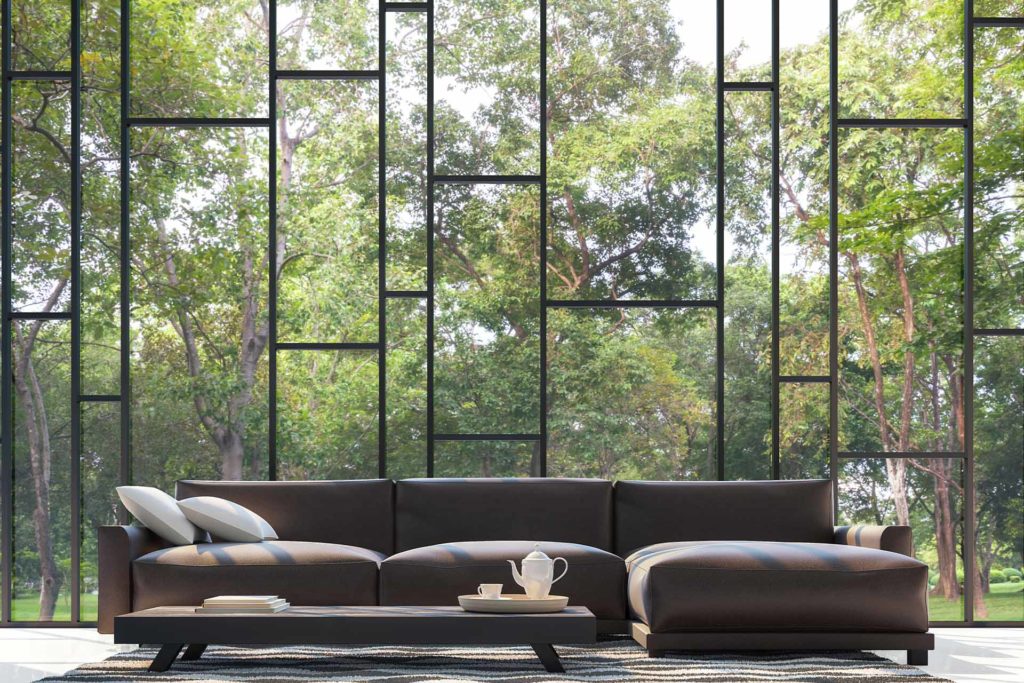

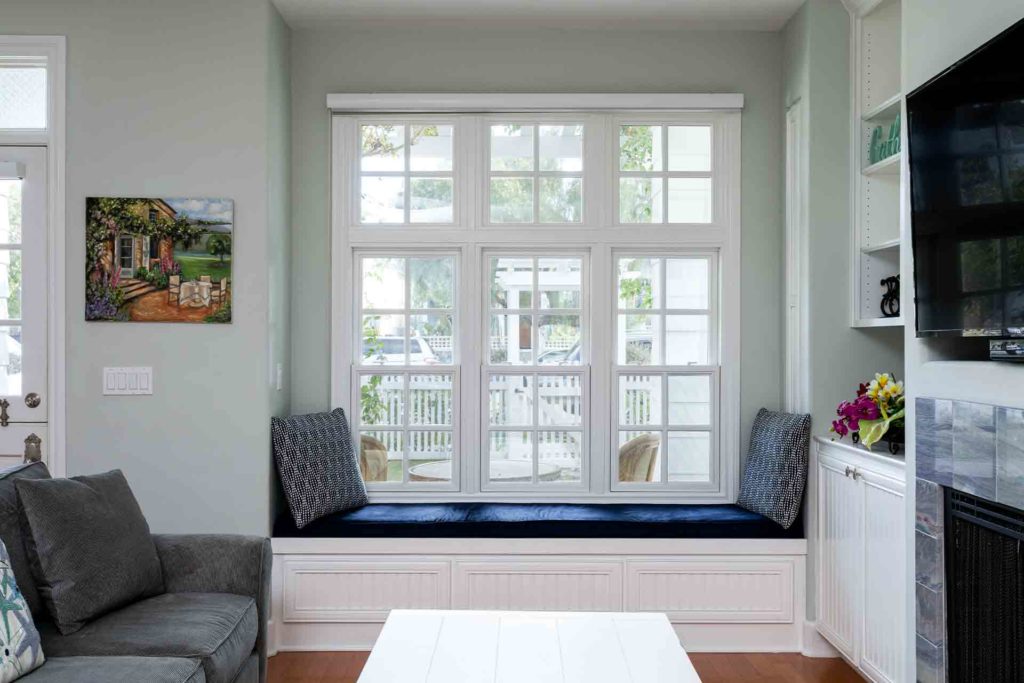
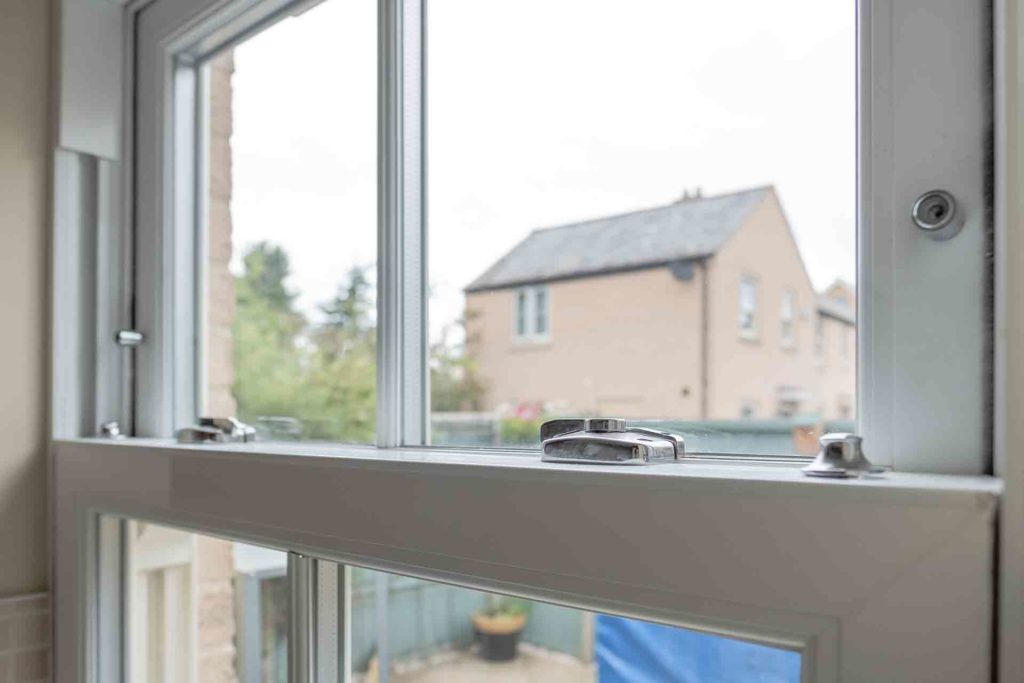
No comments yet!